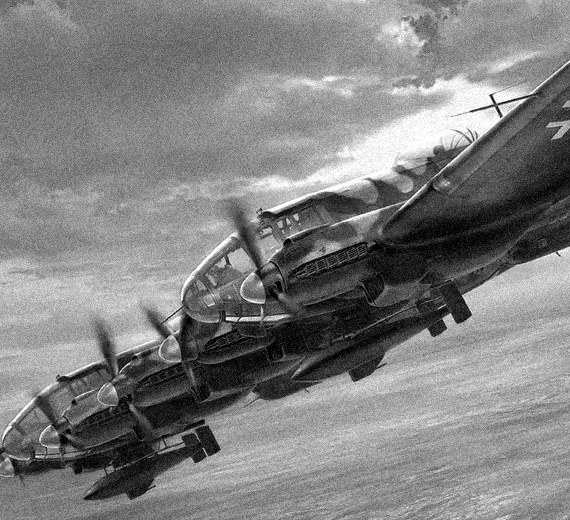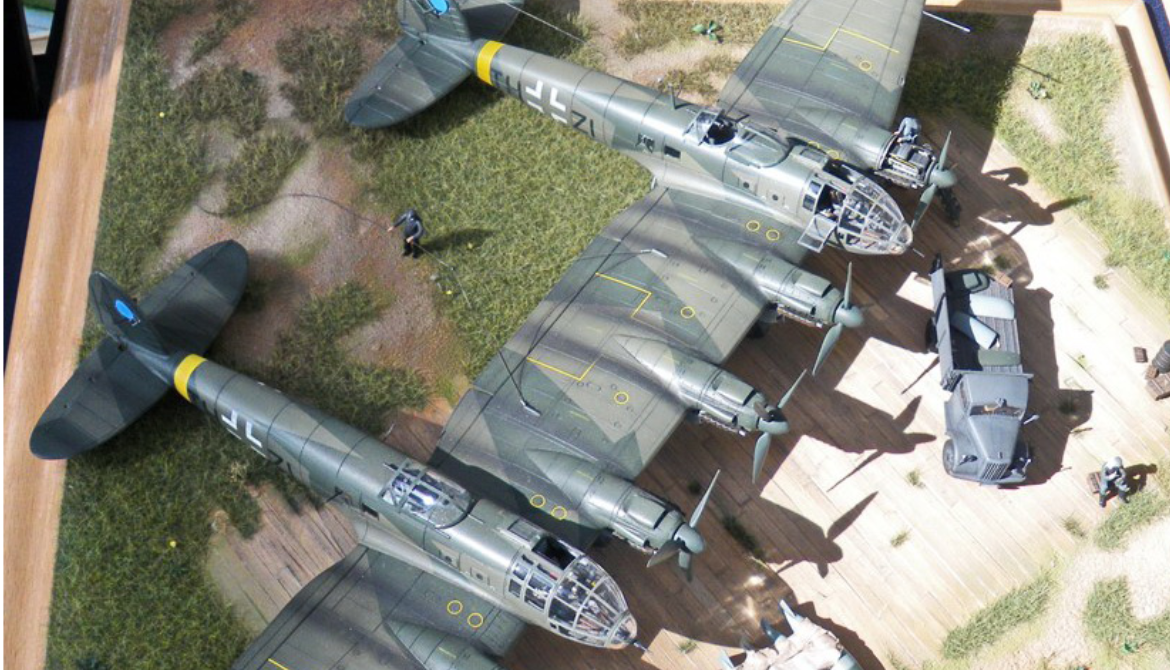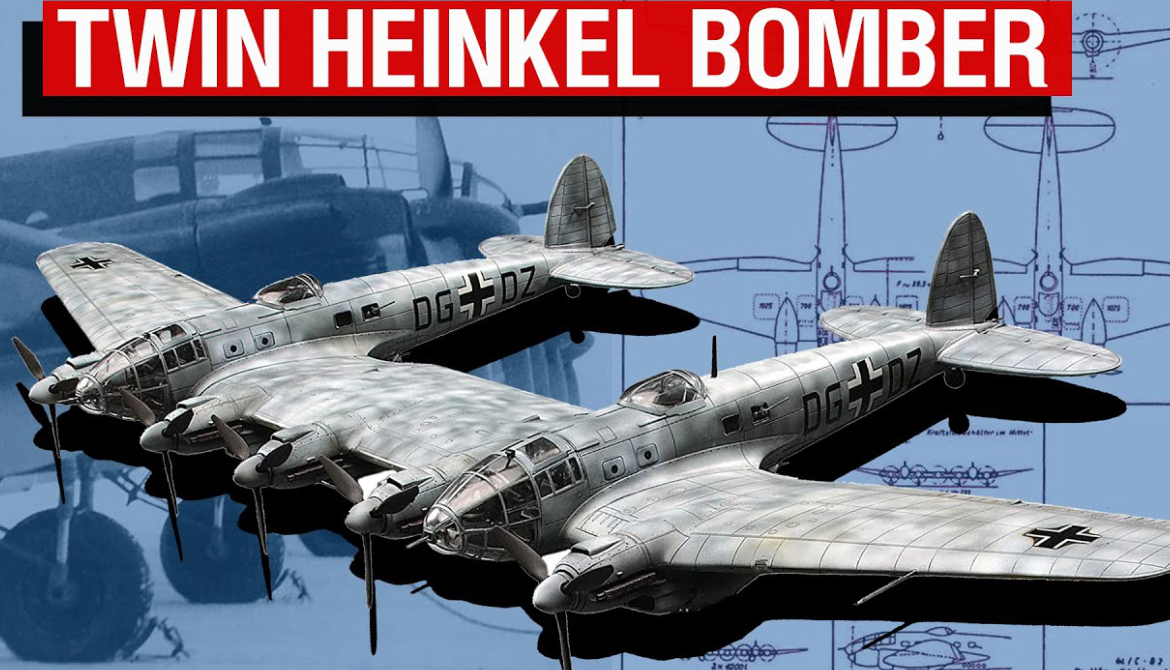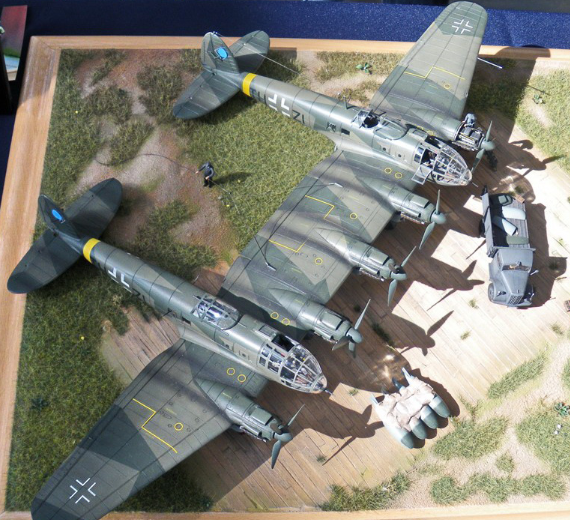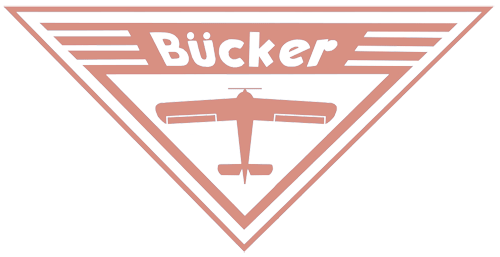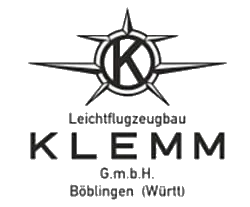Henschel & Sohn
Henschel Hs 126 aircraft
 |
|
| Role | Reconnaissance |
|---|---|
| National origin | Nazi Germany |
| Manufacturer | Henschel, AGO |
| First flight | August 1936 |
| Introduction | 1937 |
| Retired | 1943 |
| Status | Retired |
| Primary users | Luftwaffe |
| Produced | 1937–1941 |
.
History Henschel & Sohn,
Henschel-Werke
Henschel Hs 126 observation aircraft

The Henschel Hs 126 was a German two-seat reconnaissance and observation aircraft of World War II that was derived from the Henschel Hs 122. The pilot was seated in a protected cockpit under the parasol wing and the gunner in an open rear cockpit. The prototype aircraft frame was that of a Hs 122A fitted with a Junkers engine. The Hs 126 was well received for its good short takeoff and low-speed characteristics which were needed at the time. It was put into service for a few years, but was soon superseded by the general-purpose, STOL Fieseler Fi 156 Storch and the medium-range Focke-Wulf Fw 189 "flying eye".
Development
The first prototype was not entirely up to Luftwaffe standards; it was followed by two more development planes equipped with different engines. Following the third prototype, ten pre-production planes were built in 1937. The Hs 126 entered service in 1938 after operational evaluation with the Legion Condor contingent to the Spanish Civil War.
Engines

By the time the Hs 126 A-1 joined the Luftwaffe, the re-equipping of reconnaissance formations was already well advanced. By the start of World War II in September 1939, the Hs 126 served with Aufkl.Gr 10, 11, 12, 13, 14, 21, 23, 31, 32 und 41. They were used with great success in the attack on Poland where it proved itself as a reliable observation and liaison aircraft. Its use continued after the end of the Phony War in May 1940. It suffered some losses when intercepted by Allied fighter aircraft: 20 Hs 126s were lost between 10 and 21 May 1940.
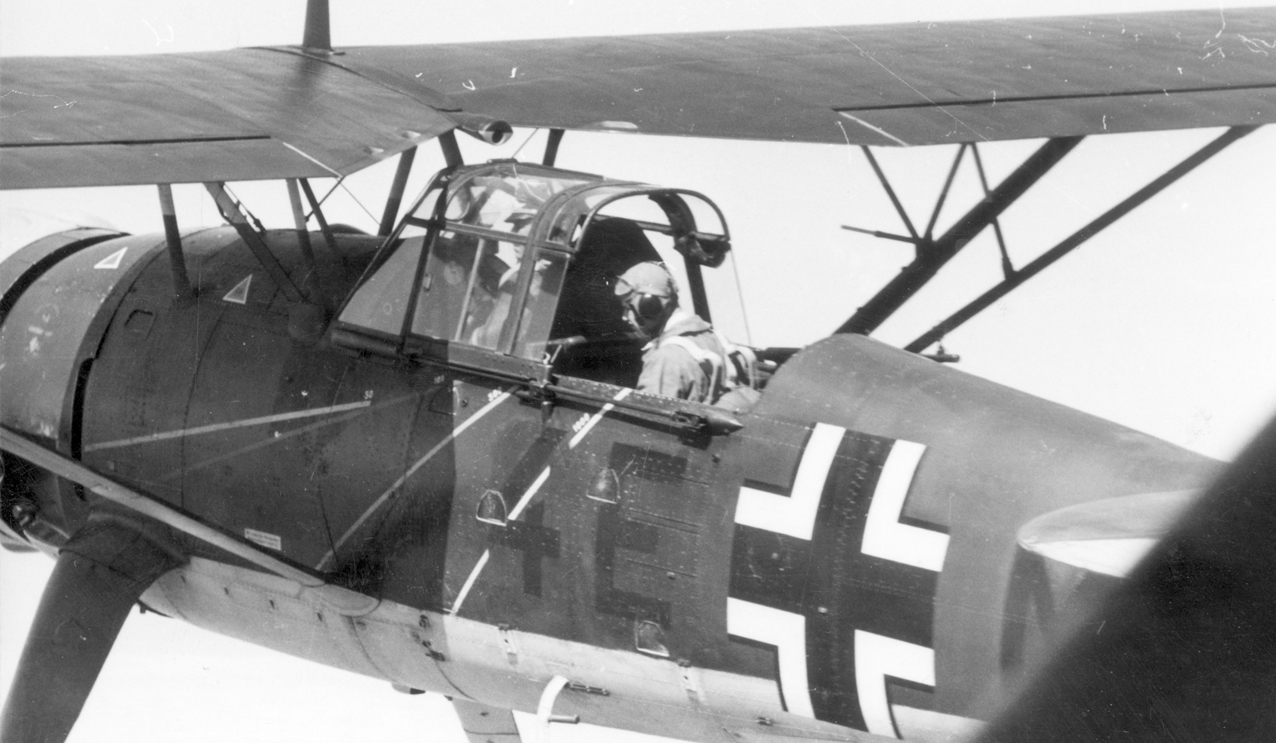
Operators
 Estonia
Estonia- Estonian Air Force order canceled due to annexation
0
KmCeiling
0
KmCombat RANGE
0
Km/hAircraft Speed
0
Max Crew
Photo Gallery
Henschel & Sohn, Henschel-Werke
Henschel Hs 126 observation aircraft


Heinkel Flugzeugwerke
Heinkel He-177 Greif "The Flaming Coffin"
Info He-111 H-6
-
-
- Crew: 6
- Length: 22.00 m (72 ft 2 in)
- Wingspan: 31.44 m (103 ft 2 in)
- Height: 6.67 m (21 ft 11 in)
- Wing area: 100 m2 (1,100 sq ft)
-
Powerplant
-
-
- Empty weight: 16,800 kg
- Gross weight: 32,000 kg
- Useful load: 15,200 kg
- Powerplant: 2 × Daimler-Benz DB 610 24-cylinder liquid-cooled piston engines, 2,218 kW (2,975 hp) each
- Propellers: 4-bladed VDM constant-speed propellers
-
-
-
Performance
- Maximum speed: 488 km/h (303 mph at 6,000 m (19,685 ft) in level flight
- Cruise speed: 415 km/h at 6,000 m
- Stall speed: 135 km/h (84 mph
- Range: 6,000 km (3,700 mi
- Service ceiling: 8,000 m
- Rate of climb: (623.4 ft/min)
Armament
-
- Guns:
- One 7.92 mm (0.312 in) MG 81 machine gun in nose.
- One 20 mm (0.8 in) MG 151 cannon in forward belly gondola, and one in tail.
- Two 13 mm (0.5 in) MG 131 machine gun in FDL 131Z remotely operated forward dorsal turret, and one in rear belly gondola, one in manned HDL 131/1 aft dorsal turret
- Bombs: Up to 7,000 kilograms (15,000 lb) of ordnance internally, up to 2,500 kg (5,500 lb) externally on underwing racks.
-
- Guns:
.
Links to Youtube & Others
The inaccuracy of horizontal bombing during the Ural bomber program demonstrated weaknesses in German bombsights and created doubts about the effectiveness of level bombing of factories.
Heinkel Flugzeugwerke
Heinkel He-177 A-3 Greif
During development, the anticipated weight of the He 177 increased so much that a main undercarriage design sufficient to handle the 32 metric tons.
Youtube Link
On 9 November 1939, the first prototype, the He 177 V1, was flown for the first time with Dipl. Ing. Leutnant Carl Francke, then chief of the Rechlin central flight test center, at the controls. T
